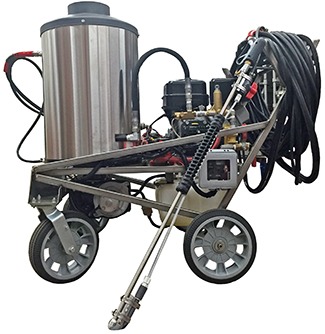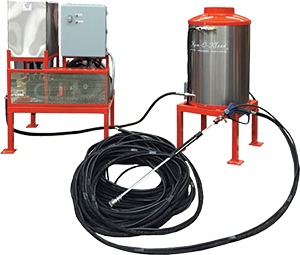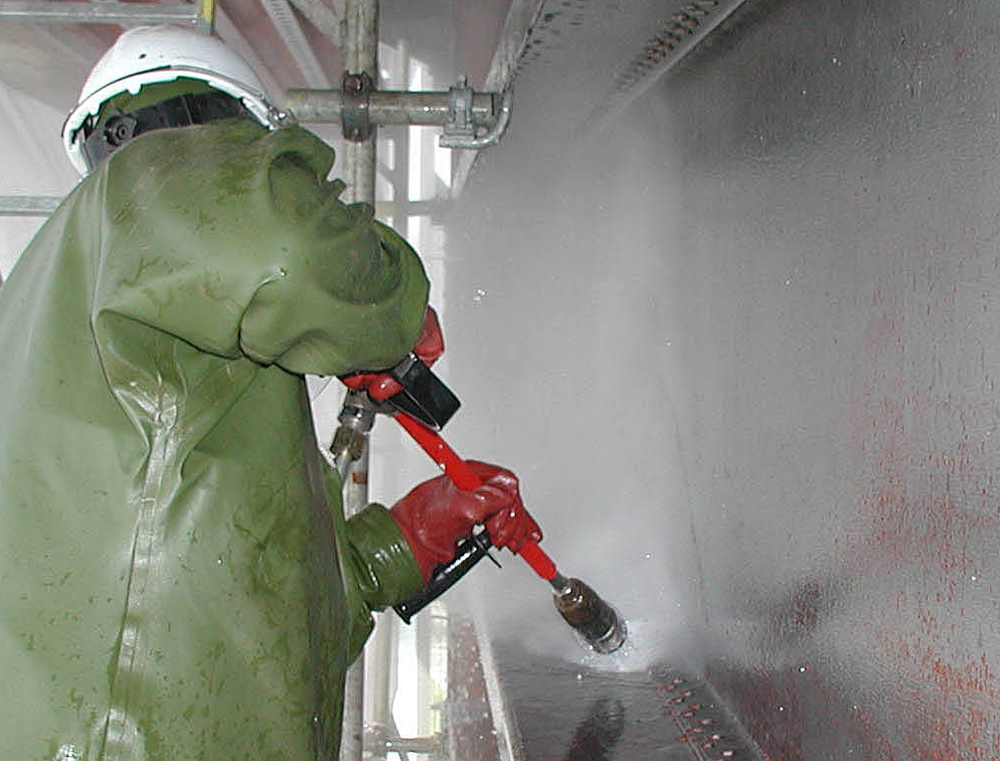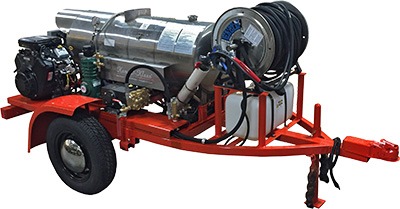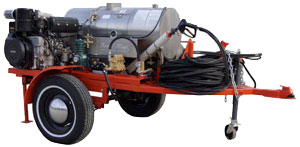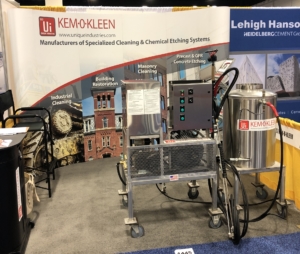Like all machines, an industrial pressure washer will last longer and require less maintenance when used in ideal conditions. Although industrial devices are much more resilient than the alternatives designed for home use, here are some rules to follow to ensure a long service life.
- Do not remove the machine from the frame on wheels and do not place it directly in the water or on a wet surface.
- Follow the manufacturer’s recommended maintenance schedule.
- Always inspect your unit for fluid leaks and visible hose damage prior to each use.
- Always take time to dry the pressure washer if it gets wet. This can lead to corrosion and a shortening of the service life.
- Inspect and clean the sprayer nozzle to avoid any clogs or inconsistent flow
Among the types of industrial pressure washers, the most important thing to consider is the intended use. The power, size, and operation required for cleaning the fine instruments of a production line are completely different from those required for cleaning smog and dirt on the facade of a building. Unique Industries offers mobile and stationary units of multiple sizes, if you are unsure which unit is best for you just give us a call.
While a large water spray on the central unit can harm specific pressure washers, other heavy-duty models can withstand rain. Looking for an IP rating on your pressure washer is a useful rule of thumb for determining whether or not it can handle wet circumstances. While gas-powered pressure washers are more water-resistant than electric pressure washers, they still contain an engine, which might cause problems if used in the rain.
There is a reason why the machines are labeled “Do not use the machine to clean yourself” because the high-pressure water jets can damage the parts of the machine. The same goes for heavy rainwater, where droplets fall at such a high velocity that they can damage small pipes and other parts. Of course, this does not mean that you should quickly put an umbrella over your pressure washer at the first drops – but it’s worth paying attention to weather conditions and avoiding work during a thunderstorm.
Industrial Pressure Washer Maintenance Schedule?
Like all machines, industrial pressure washer maintenance will be based on a schedule and amount of use. Although the device is much more resilient than the alternatives designed for home use, there are some things to know to keep your industrial pressure washer properly maintained:
- All cleaning units have a specified pressure washer maintenance schedule, so if you have multiple units, their maintenance schedules could be different.
- The specified pressure washer maintenance schedule is broken up by the amount of time the unit has been run for.
- If you skip maintenance steps, problems could compound quickly and it will greatly shorten the life of your cleaning unit.
There is no other cleaning equipment on the market that functions as well as these mobile and fixed devices. Unique Industries creates cutting-edge Kem-O-Kleen hot water pressure acid cleaning systems that dynamically allow customers to execute a variety of tasks more quickly. For building restoration, industrial cleaning, masonry cleaning, and even acid etching for Architectural Precast and GFRC, Kem-O-Kleen systems are utilized across the country to speed workloads and create safer work conditions.
If you have questions about pressure washer maintenance on our machines or expected lifespan when properly they are properly maintained give us a call so we can help.
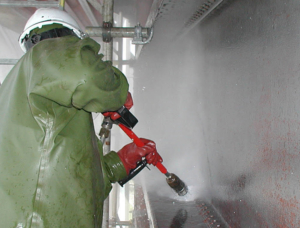
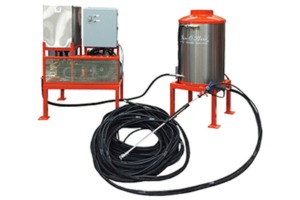
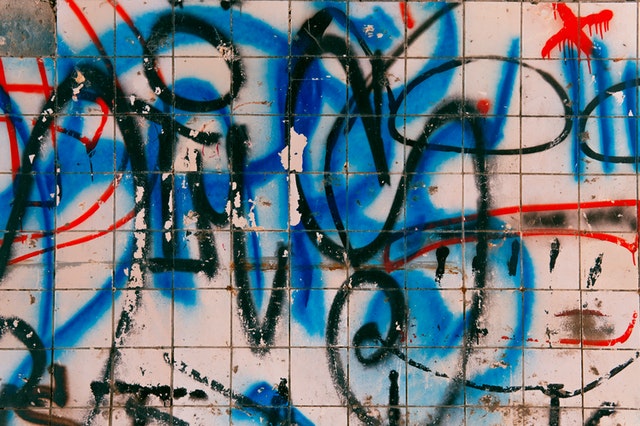
 Unwanted graffiti and vandalism of a commercial building not only damages its fabric but also the reputation of a business. It gives off the impression that a company doesn
Unwanted graffiti and vandalism of a commercial building not only damages its fabric but also the reputation of a business. It gives off the impression that a company doesn